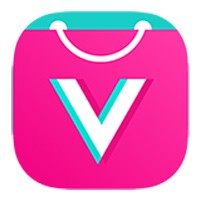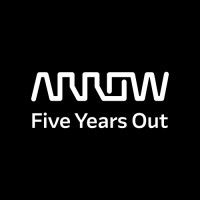
VIPSHOP
VIPSHOP is the official South East Asia headquarters of VIP.com (唯品会) (https://ir.vip.com/), which was founded in 2008. It has been listed on New York Stock Exchange (NYSE) since 2012 and works with over 41,000 brands, offering a curated selection of products in fashion apparel, shoes & bags, cosmetics, mother & kids, home & living, and more. Since its listing, VIP.com (唯品会) has achieved profitability for 42 consecutive quarters and counting, with US$15 billion in total net revenue for 2022. It has received worldwide recognition on Fortune China 500, Dow Jones Sustainability Index (DJSI), Forbes China and more. VIPSHOP is the official South East Asia headquarters of VIP.com (唯品会). Established in 2022, it aims to bring 100% Authentic, high-quality products from premium brands to Southeast Asian consumers, at accessible prices. VIPSHOP strives to find the best deals and aims to connect the world’s top brands to make people feel their best.






